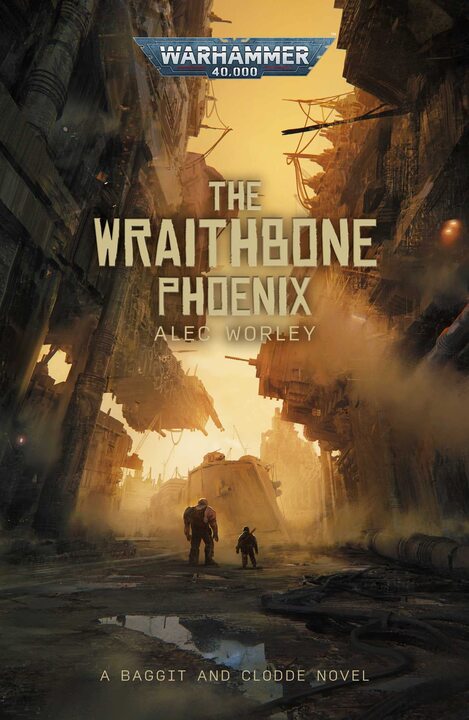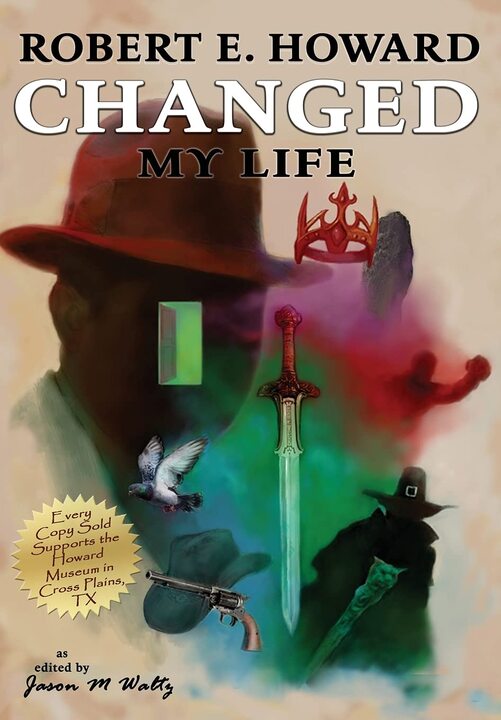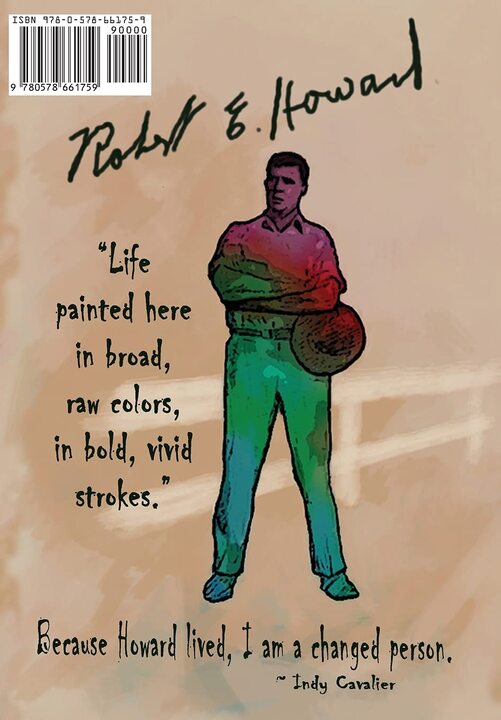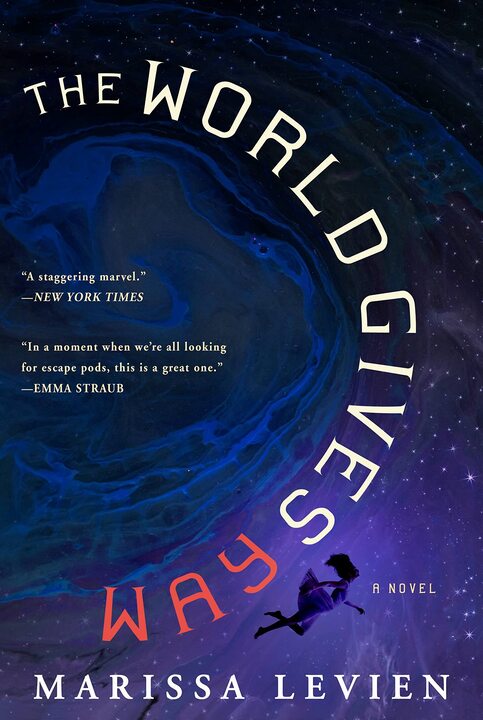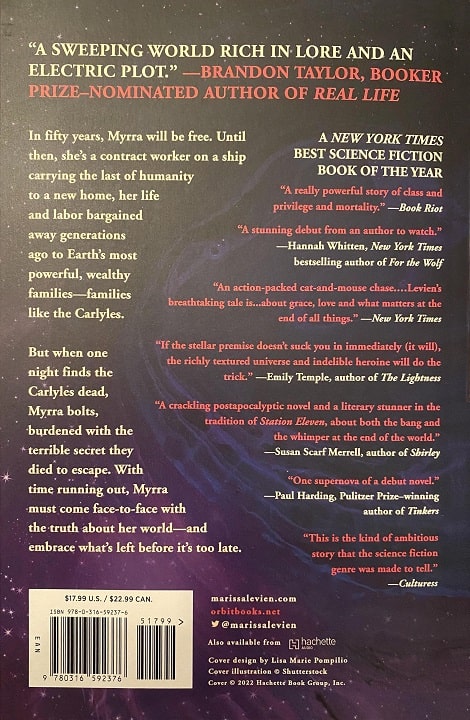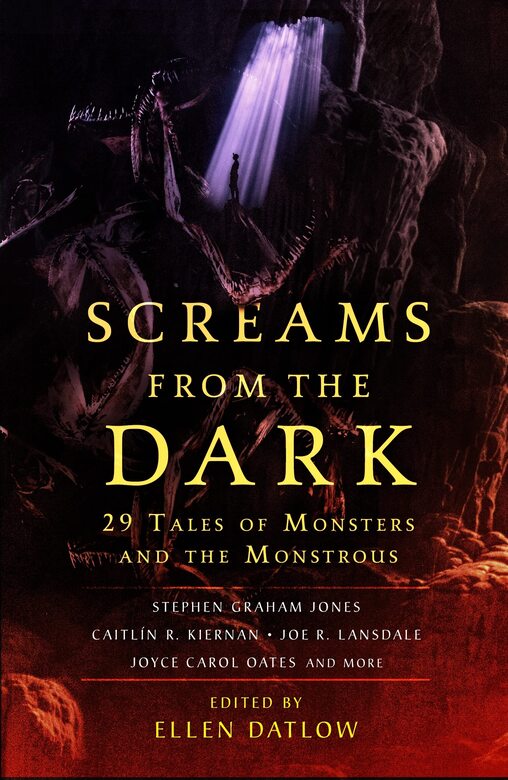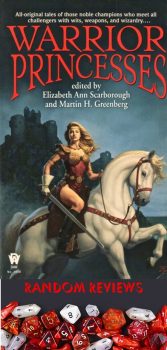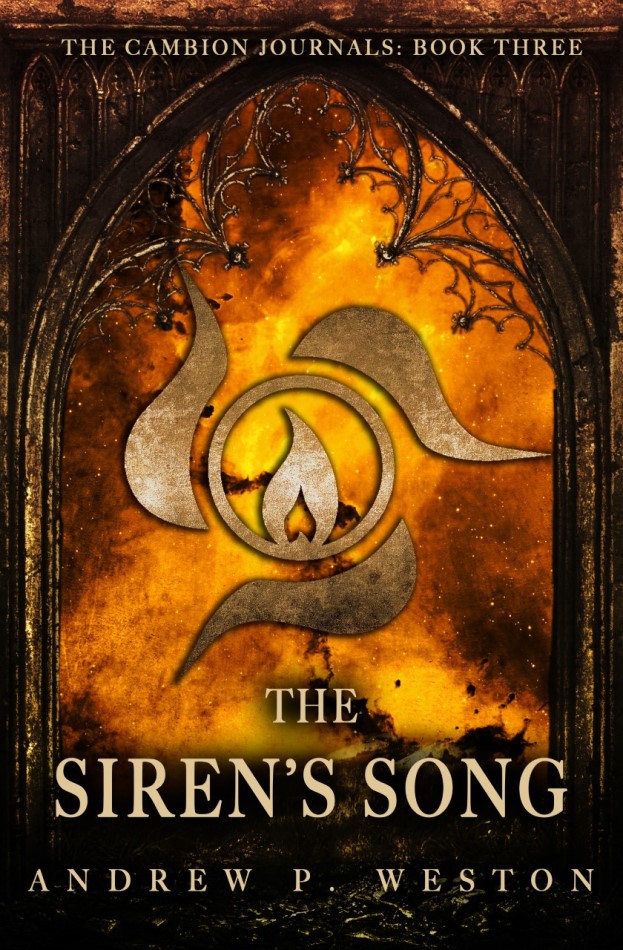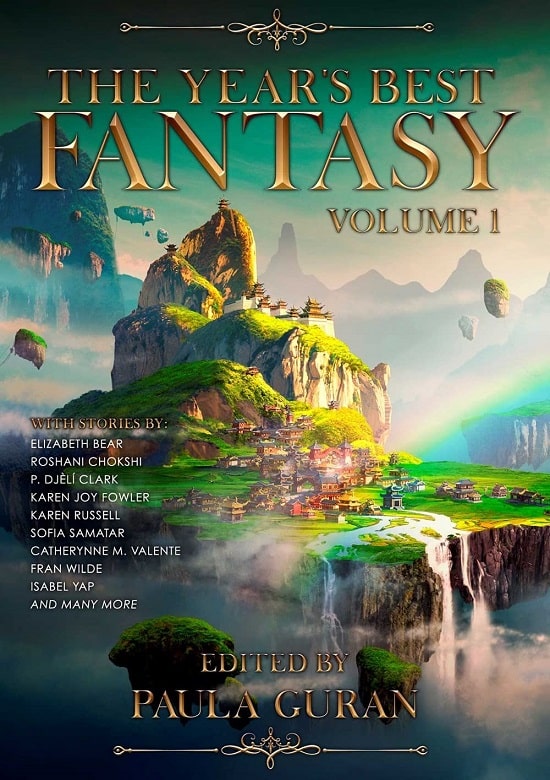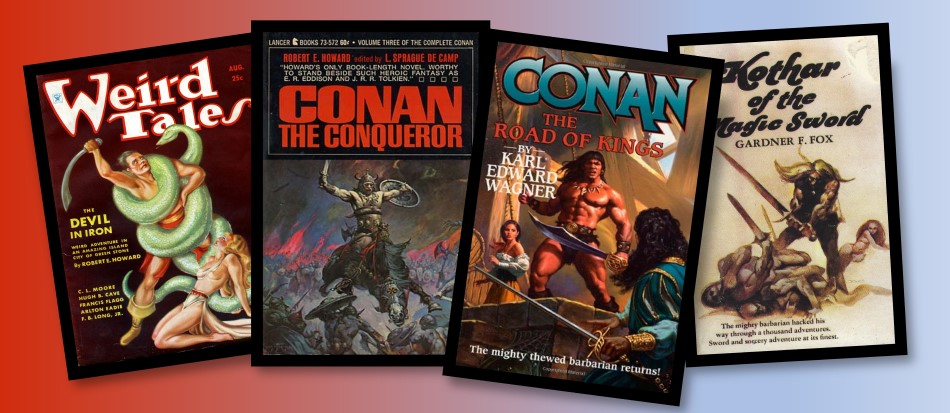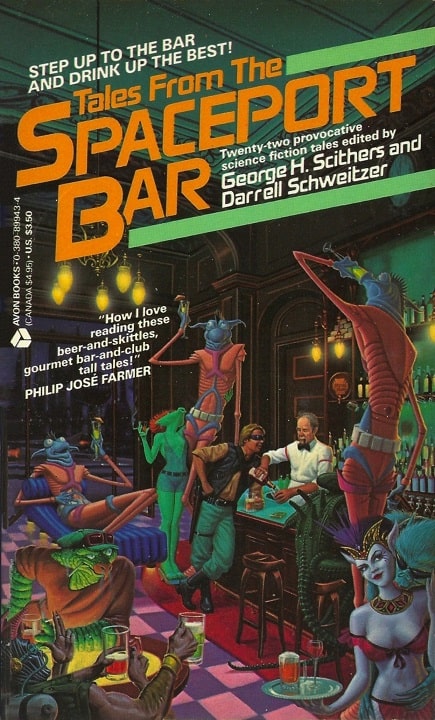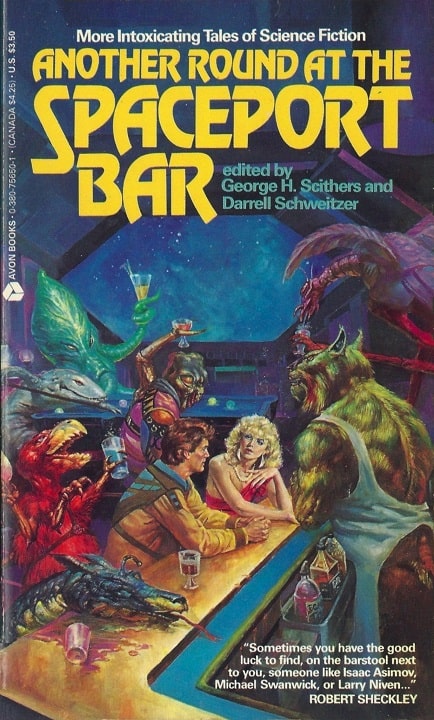Future Treasures: The Wraithbone Phoenix by Alec Worley
The Wraithbone Phoenix (Black Library, August 30, 2022). Cover uncredited.
Black Library’s new Warhammer Crime imprint has caught my eye recently. I heartily enjoy their Warhammer 40K novels — and we’ve covered them at Black Gate fairly extensively over the past 20 years — but there’s only so much bleak far future military SF you can include in your regular diet.
Or is there? In the last two years Black Library has branched out with new Warhammer Horror and Warhammer Crime imprints, which re-focus the galaxy-spanning genocidal conflicts of the Warhammer 40K era into far more personal tales of urban crime and supernatural intrigue, and they have reinvigorated my interest in the rich and consequential milieu. Some of the most exciting and well-crafted far-future SF of the past few decades has been published under the 40K banner, and I’m excited to see that tradition carry on with a new generation of talent.
The latest release to pique my interest is The Wraithbone Phoenix by Alec Worley, which arrives in trade paperback and audio formats next Tuesday. It’s the second tale featuring Baggit and Clodde, a fast-talking ratling and his ogryn pal, following the popular audio title Dredge Runners.
